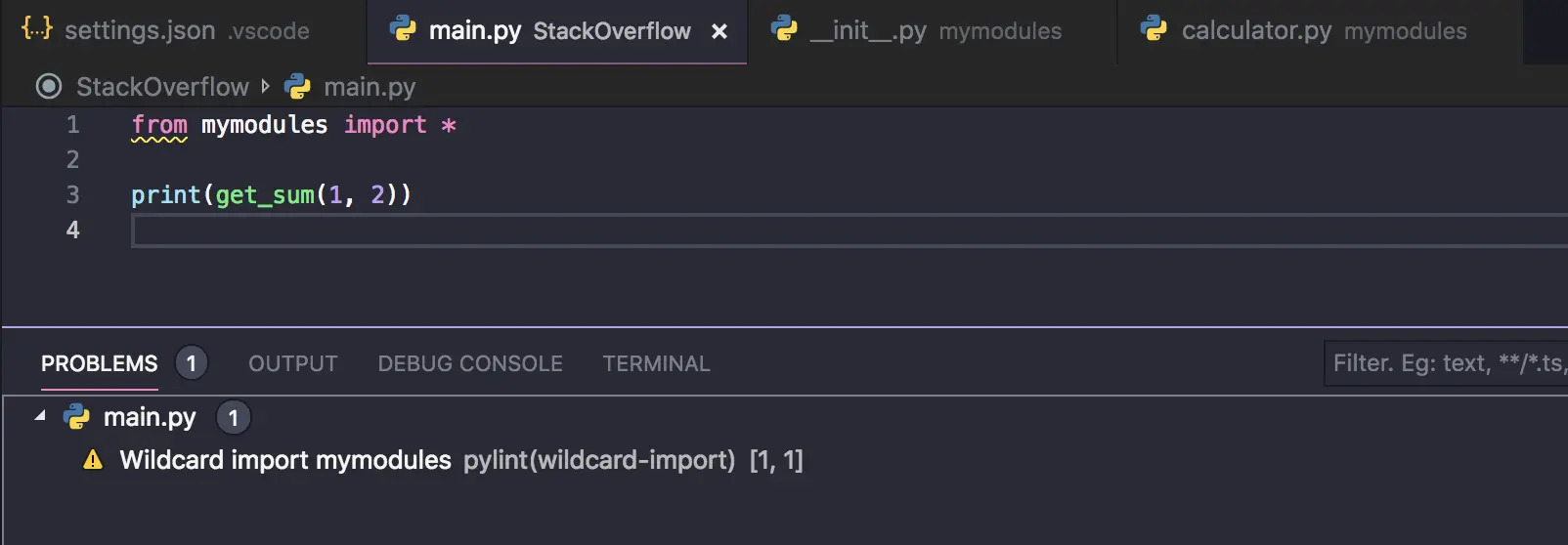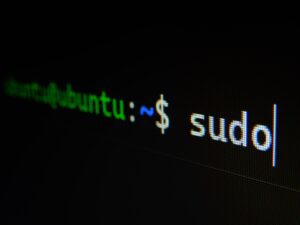In the world of Python programming, one common practice that often sparks debates among developers is the usage of wildcard imports, denoted by “import *.” While wildcard imports may seem convenient at first glance, allowing you to bring in all objects from a module into your current namespace with a single line of code, they come with a set of drawbacks that can lead to code maintenance issues and potential errors down the line. In this blog post, we will delve into the reasons why it is generally recommended to avoid using wildcard imports in Python.
What is a Wildcard Imports?
Before we dive into the reasons why wildcard imports are discouraged, let’s first clarify what a wildcard import entails. In Python, when you use the syntax “from module import *,” you are essentially importing all objects (functions, classes, variables) from that module into your current namespace. This means that you can access these objects directly without having to prefix them with the module name.
The Pitfalls of Using “import *”
While wildcard imports may offer a shortcut to importing multiple objects at once, they introduce several potential issues that can make your code harder to maintain and debug. Let’s explore some of the key reasons why using “import *” is considered bad practice in Python:
1. Namespace Pollution
One of the primary concerns with wildcard imports is the concept of namespace pollution. By importing all objects from a module into your current namespace, you run the risk of unknowingly overriding or shadowing existing objects that were already defined in your code. This can lead to unexpected behavior and make it challenging to track down the source of errors.
Example:
# File: module1.py
message = "Hello from module 1"
# File: main.py
from module1 import *
message = "Hello World"
print(message) # Output: Hello World
In this example, the variable “message” from module1 gets overshadowed by the variable with the same name in the main.py file, leading to potential confusion.
2. Lack of Explicitness
Another drawback of using wildcard imports is the lack of explicitness they introduce into your code. When you import specific objects from a module individually, it is clear which objects are being used in a given file. In contrast, a wildcard import obscures the origin of the objects being utilized, making it harder for others (or even yourself in the future) to understand where a particular object came from.
Example:
# Not recommended
from math import *
result = sqrt(16)
In this snippet, it is not immediately clear where the sqrt() function is being imported from, as the wildcard import brings in all objects from the math module.
3. Readability and Maintenance
Maintaining code that utilizes wildcard imports can be challenging, especially as the codebase grows larger and more complex. Without explicit import statements, it becomes harder to track dependencies and understand which modules are being used in a given file. This lack of transparency can hinder readability and increase the likelihood of introducing bugs during code modifications.
4. Limited Tool Support
When you use wildcard imports in your code, you limit the effectiveness of static code analysis tools like Pyflakes, which can help detect errors and potential issues in your codebase. By importing all objects from a module at once, these tools may not be able to provide accurate feedback on unused variables, undefined names, or other common errors.
Best Practices for Importing in Python
To mitigate the risks associated with wildcard imports and to write cleaner, more maintainable Python code, consider adopting the following best practices for importing modules and objects:
1. Import Only What You Need
Instead of using wildcard imports to bring in all objects from a module, import only the specific objects that your code requires. This approach enhances code clarity, reduces the chances of namespace conflicts, and makes it easier to identify dependencies.
Example:
# Recommended
from math import sqrt
result = sqrt(16)
2. Use Aliases for Clarity
When importing objects with long or common names, consider using aliases to improve code readability. Aliases provide a clear indication of where an object originates from and make the code more self-explanatory.
Example:
import numpy as np
3. Group Related Imports
Organize your import statements logically by grouping related imports together. This practice can help you quickly identify which modules are being used in a specific section of your code and maintain a consistent import style across your project.
Example:
import os
import sys
import numpy as np
4. Be Explicit and Descriptive
Prioritize clarity and explicitness in your import statements by specifying the module or object being imported. Avoid using wildcard imports unless absolutely necessary, and always aim to make your code as transparent and understandable as possible.
Conclusion
While wildcard imports in Python offer a seemingly convenient way to import multiple objects from a module at once, their drawbacks outweigh the shortcuts they provide. By prioritizing explicitness, readability, and maintainability in your code, you can avoid the pitfalls associated with wildcard imports and write cleaner, more robust Python programs. Remember: clarity and transparency are key principles in Python coding, and your import statements play a crucial role in upholding these standards.
To read about
- Scrapy for Automated Web Crawling & Data Extraction in Python (2023)
- Streamlit: Empowering Interactive and User-Friendly Data Apps in 2023
- Unleashing Data Science Potential: Essential Tools & Libraries Every Data Scientist Should Know (2023)
In conclusion, next time you reach for the wildcard import in Python, take a moment to consider the potential downsides and opt for a more selective and deliberate approach to importing modules and objects. Your future self (and your fellow developers) will thank you for writing code that is easy to understand, maintain, and debug.
References
- Python PEP 8 — Style Guide for Python Code
- Pyflakes Documentation
FAQs
What is a wildcard import in Python?
A wildcard import, denoted by “from module import *,” brings all objects (functions, classes, variables) from a module into the current namespace, allowing direct access without prefixing with the module name.
Why are wildcard imports discouraged in Python?
Wildcard imports introduce issues like namespace pollution, lack of explicitness, readability and maintenance challenges, and limited tool support for static code analysis.
How does namespace pollution occur with wildcard imports?
Namespace pollution happens when objects imported via wildcard overshadow or override existing objects in the current namespace, leading to unexpected behavior and confusion.
What are the drawbacks of lacking explicitness in wildcard imports?
Wildcard imports obscure the origin of objects used in code, making it harder to understand dependencies and where specific objects are imported from, which can hinder readability and maintainability.
How do wildcard imports affect code readability and maintenance?
Maintaining code with wildcard imports becomes challenging as the codebase grows, due to difficulties in tracking dependencies and understanding which modules are utilized in a given file, potentially leading to increased bugs during modifications.
How do wildcard imports limit tool support in Python?
Wildcard imports hinder the effectiveness of static code analysis tools like Pyflakes, as these tools may not accurately detect errors or provide feedback on unused variables or undefined names.
What are the best practices for importing modules and objects in Python?
Best practices include importing only what is needed, using aliases for clarity with long or common names, grouping related imports logically, and prioritizing explicitness and descriptiveness in import statements.





